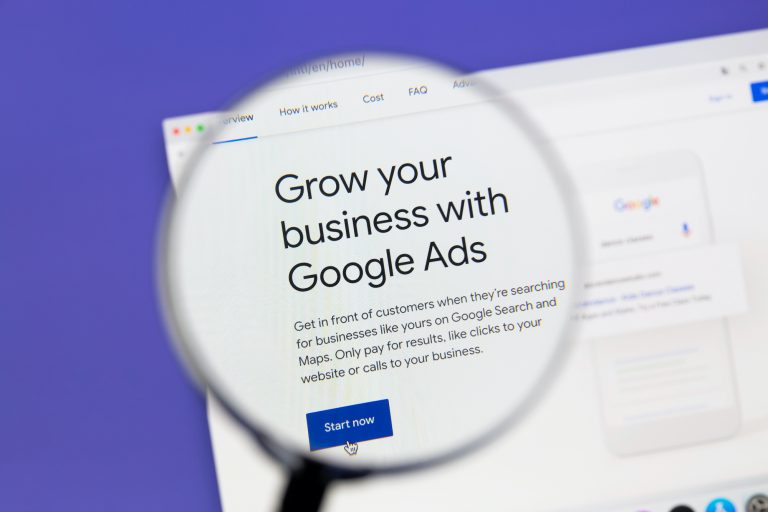Today in a move toward increasing brand safety on the web, Google announced the addition of dynamic exclusion lists to help advertisers simplify the management of negative placements.
What are Dynamic Exclusion Lists?
Dynamic exclusion lists are placement exclusion lists that are dynamically updated in order to simplify placement management. This feature also allows advertisers to opt into third-party lists and automatically keep their exclusions updated for ongoing brand protection.
Advertisement
Continue Reading Below
Dynamic exclusion lists can include web pages or entire domains and they will be available to be uploaded via a range of formats.
How Exactly Does This Differ From Existing Exclusion Lists?
Currently, advertisers can maintain their own exclusion lists and update them at their convenience. Dynamic exclusion lists will enable advertisers to leverage the expertise of third-parties that maintain exclusion lists, such as advocacy organizations and industry groups.
Once the dynamic exclusion list is uploaded to a Google Ads account, the advertiser can schedule the list to automatically update with the domains and web pages that get added to it by the owner – such as a third-party group or an agency.
Advertisement
Continue Reading Below
In other words, advertisers can use lists that are managed by third parties, without having to update the list themselves.
A Use Case for Dynamic Exclusion Lists
Because these lists are being uploaded and shared in bulk, one of the primary benefits would be brand safety. The goal of these lists are to help advertisers protect their ads from running alongside content that does not align with their brand.
It’s worth noting that advertisers would still benefit from more individualized performance-based exclusions, in addition to brand safety exclusions.
The benefit is that advertisers can work with larger organizations or industry groups to protect their brand.
For example, earlier in 2021, there were instances where advertisers were pausing campaigns for fear that their ads would be displayed next to content that they did not wish to endorse. Google advertisers has long had content exclusion options but there were still rumblings of concern in regard to how display campaigns should be handled. These dynamic exclusion lists would allow for a centralized list of articles referencing certain topics, which could help advertisers navigate such events. More generally, they could allow advertisers to work with organizations and affiliations they support to identify lists of pages or sites that they don’t support to ensure that their ads aren’t displaying on those sites.
Advertisement
Continue Reading Below
Advertisers are still encouraged to continue to use additional controls within their campaigns, including the content exclusion settings as well as topic exclusions to prevent their ads from delivering near content that might not be appropriate for their brand or goals.
Is There a Limit to How Many Dynamic Exclusion Lists an Account Can Employ at Once?
An account can have up to 20 shared exclusion lists with tens of thousands of URLs and domains per list.
When Will Dynamic Exclusion Lists Appear In My Account?
Details are still forthcoming regarding implementation details but Google notes that this feature should be available to all users within the coming weeks.
Advertisement
Continue Reading Below


